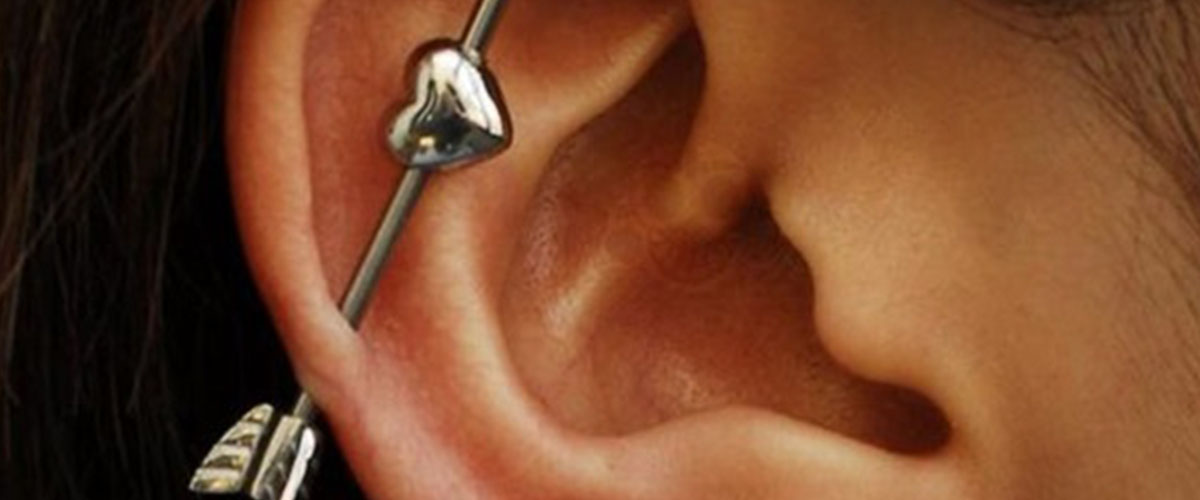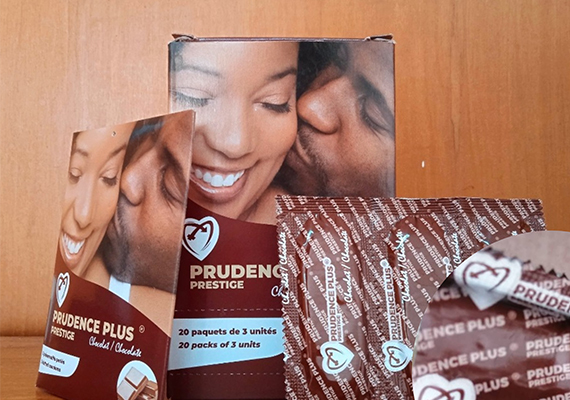Tattoos and piercings, potential means of HIV transmission

Medically reviewed by Doctor Kerensky Agbor, Chantal Biya International Research Center, (CIRCB).
Piercing and tattoos have become more and more fashionable in recent times as body art keeps evolving. This practice mostly carried out by young people is as aesthetic as well as risky on the part of the person being tattooed or pierced. This is because bloodborne diseases such as HIV (even Hepatitis) can be transmitted. Given that tattooing and piercing both draw blood, it has become a call for concern.
To create a tattoo, the artist injects ink into the second layer of a person's skin, known as the dermis using a tattoo machine (called a gun) which punctures the skin with a collection of small, high-speed needles. Body piercing, by contrast, uses a single needle or the jewelry itself to puncture the skin. As a result of the broken skin, certain infections can theoretically be passed from one customer to the next if the gun or needles aren't properly disinfected and a previous customer has a high HIV viral load (meaning that there is a high level of virus in their blood).
What to do while getting tatoo
Before selecting where to get a tattoo or piercing done, be sure to follow some of the guides below that will help you make safe and informed decision.
Ask the staff at the parlor what procedures they use to prevent the spread of HIV and other bloodborne infections (HIV, Hepatitis C).
You can also ask for proof that the artist performing the procedure is licensed and that the license is up to date. It is wise to check out many different artists for options. Is the artist a professional? If the artist is not a professional, then you run a higher risk of getting an infection and even a poor job done on your body. Nobody likes that!
Be sure to find an artist who uses the “Everything New, Every Time.” rule. New needles, ink, ink pots, jewelry, and tattooing stencils. Do not be afraid to ask questions as your health is primordial.
Finally, choose a clean and tidy work area, an autoclave to properly sterilize the equipment, biohazard containers to throw away used needles and other pieces of equipment that are exposed to bodily fluids and check for health inspection certificates.










